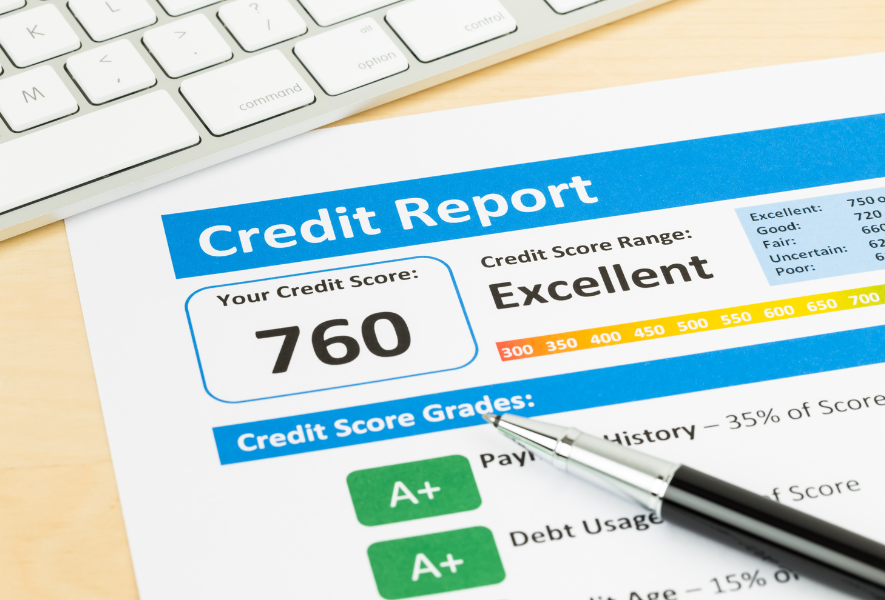The banking industry has seen a significant rise in fraudulent attempts over the past few years.
In 2021, the rate of banking fraud attempts rose 41% compared to 2020. And during the pandemic, at least $286 million in fraudulent loans were administered before eventually being returned to the Small Business Administration.
These statistics cover a range of financial transactions that took place via mobile banking, including mortgages.
In addition to costing financial institutions time, mortgage fraud can impact pull-through rates and affect profitability. That’s why modern lenders need to understand how to identify and prevent mortgage fraud.
What are the Main Types of Mortgage Fraud?
There are several different ways to commit mortgage fraud, each with distinct reasons.
For example, some fraud is committed for convenience, while other fraud is committed for profit. Customer fraud is usually fraud for property. Lenders can also commit fraud for various reasons.
In addition, there are interested parties to the transaction who can be involved in fraud to satisfy their desired outcome on the transaction.
Sometimes, the fraudster may deliberately leave out critical information that would otherwise flag their application as an underwriter or lender was reviewing it.
Mortgage fraud is not uncommon. One survey found that, in 2021, about 1 mortgage application out of 120 (.83%) had some fraudulent information. This represented a noticeable increase from 2020, when the ratio was closer to 1 in 164 applications (.64%).
Here are some ways mortgage fraud can be committed on a loan application.
Inflated buyer income/identity theft
Applicants might list their income as higher than it actually is in an attempt to get approved for a larger loan than they would otherwise qualify for. For example, a borrower might say they make $200,000 a year when they really only make $80,000. This can cause lenders to loan out money that the applicant can feasibly pay back, leading them to default.
Of course, most lenders will carefully review an applicant’s income based on pay stubs, tax returns, W-2s, and other documents. In the case of income fraud, however, the applicant has committed identity theft and is using a victim’s personal information to apply for a loan. In addition to using the victim’s banking and employment information, the fraudster may also use their birthdate, name, address, and Social Security Number.
Fraudulent appraisals
When done by the book, there is nothing illegal about flipping a house for a profit. However, fraud occurs when the home buyer uses a fraudulent appraiser who delivers an appraisal that prices the home below its actual market value. The appraiser is working with the home buyer, who will turn around and sell the house for a significantly higher price, sometimes the very day they sign their mortgage.
Straw buyer/occupancy fraud
This scam involves what’s known as a “straw buyer” who purchases the home on behalf of someone who does not qualify for a loan. The borrower will tell the bank that the house will be owner-occupied, even though the borrower has no intention of living there. Instead, the straw buyer will use their personal identity, income, and credit score to secure a loan at the best rates, then transfer the property title to the actual buyer.
This is often used by investors and can signify that the straw buyer is covering up other forms of illegal doings, including fraud.
What are the Warning Signs of Mortgage Fraud?
Seeing any of these signs throughout the mortgage application process does not necessarily mean an application is committing mortgage fraud. However, it indicates that the application deserves a closer look to ensure everything is legitimate before moving forward with the rest of the lending process.
Inconsistencies in the application
There are several ways an application can indicate fraud. To start with, if the documents appear to have been altered or tampered with in any way, consider it a red flag.
Another red flag is that different addresses are listed on bank statements and W-2s. This can indicate identity theft, as can having different Social Security numbers listed in different parts of the application.
Signatures can also indicate fraud, notably if signatures are missing in several areas of the application or appear differently throughout the loan documents.
Financial concerns
Fraudulent mortgage applications often include math that doesn’t add up. For example, an applicant’s income level might not match up with their assets or the property’s price. This can indicate that the applicant is a straw buyer.
Credit fraud
Many mortgage fraud schemes include some credit fraud. For instance, the applicant’s credit history length may be impossibly long for their age (e.g., a 25-year-old buyer with a 15-year credit history). Another red flag is if the credit accounts were all opened around the same time and if the applicant’s credit history is mismatched with their income.
Income and employment
In some cases, a fraudulent applicant will list their personal phone number as their employer’s phone number or a P.O. Box as their company’s address. They may also be very vague in listing their occupation.
Paychecks and deposits can also be suspicious, such as if the applicant’s reported income is high, but their bank accounts are nearly empty.
Title and wire fraud
This fraud involves a hacker pretending to be a real estate agent. They will contact the borrower and convince them to deposit their closing costs in a fake account. This is often done through phishing, which involves the use of fake websites, emails, and phone numbers to convince the victim that the request is coming from a legitimate source.
How Technology Can Help Prevent Mortgage Fraud
It can be easy to overlook something that seems obvious when mortgage applications are handled manually. That’s why it’s better to add mortgage fraud software that can analyze mortgage applications and catch fraud before it becomes an issue to an institution’s technology stack.

Mortgage fraud software can detect suspicious activity on a mortgage application faster and more accurately than a human. For example, the software can pick up on file tampering and inconsistencies throughout an application based on the document’s history.
Unlike human underwriters who tend to stick to a standard business hour schedule, mortgage fraud software can work around the clock. That means it can catch fraudulent activity at night, on the weekends, and throughout busy seasons. It will flag applications that require further review and make it less likely that a fraudulent mortgage application will fall through the cracks.
Stop Mortgage Fraud in Its Tracks with Help from LendArch
Mortgage fraud can be detrimental to consumers and financial institutions alike. The good news is that there is now technology that can identify fraudulent mortgage applications and prevent them from going through.
The experts at LendArch can help you determine the best type of software to use to prevent and stop mortgage fraud at your institution. Contact us to learn more.
As Chief Executive Officer, Tammy Richards brings over 35 years experience in Mortgage Banking, EClose/EMortgage, Robotics/AI/OCR/ICR implementation and more. She has been an executive and has led Nationally at Bank of America, Caliber Home Loans and most recently served as Chief Operating Officer for Loan Depot. She is passionate about and is an expert in the mortgage industry's ongoing tech transformation.












